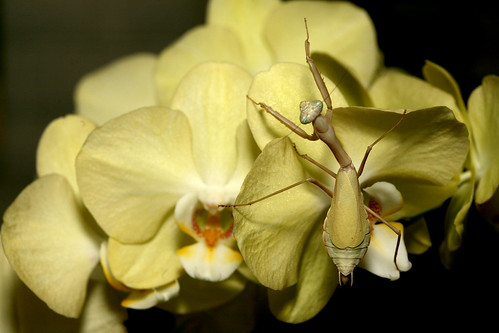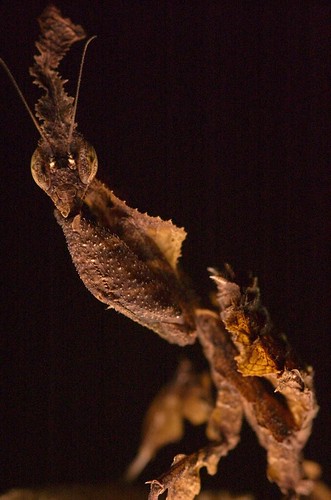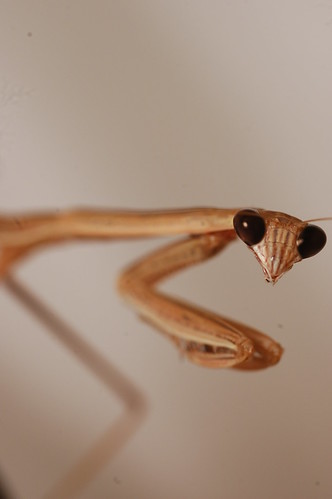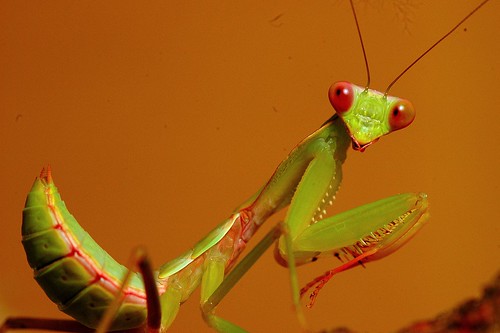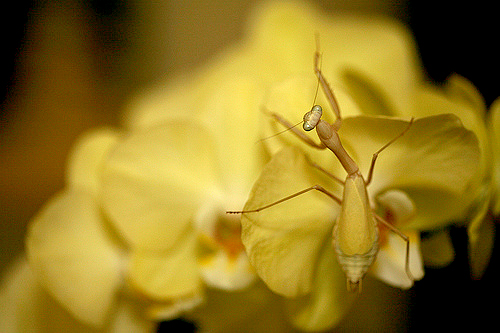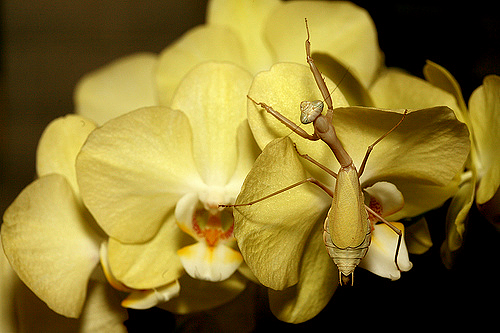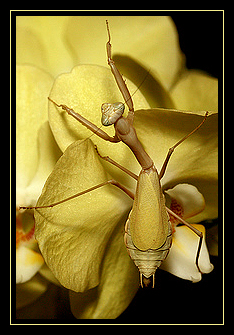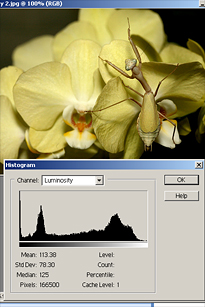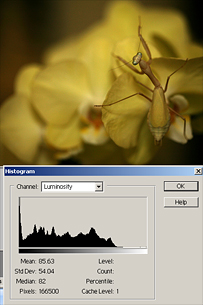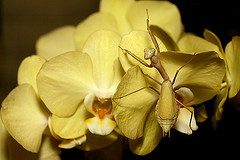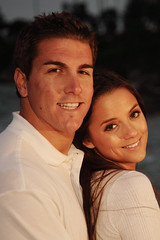yeatzee
Well-known member
Im sure there are a lot of people on this forum that have some question concerning photography whether it be what brand/system is for me to how to take good macro shots of these incredible mantids.
We are blessed to have a large group of knowledgeable people when it comes to photography on this forum so fire away any and all questions and we will answer them to the best of our ability. :lol:
:lol:
OR
Show off your rig! I know some here are deffinently worth showing off!
We are blessed to have a large group of knowledgeable people when it comes to photography on this forum so fire away any and all questions and we will answer them to the best of our ability.
OR
Show off your rig! I know some here are deffinently worth showing off!





































